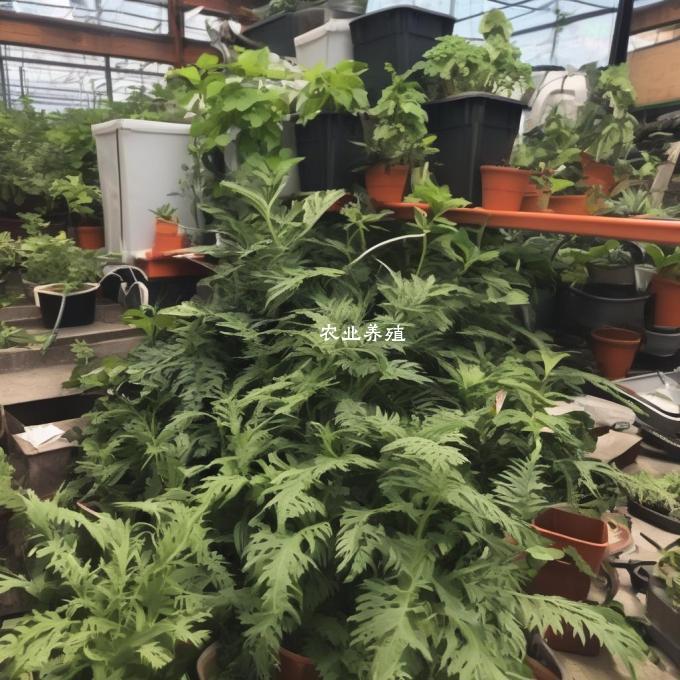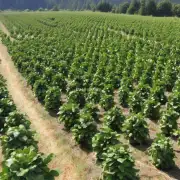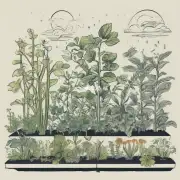植物如何进行 Photosyntesis?
樊玲
李宁:把出色留给自己
Photosynthesis is the process by which plants and other organisms use the energy from the sun to convert carbon dioxide and water into glucose (a type of sugar) and oxygen.
The overall chemical equation for photosynthesis is:
6CO2 + 6H2O + light energy → C6H12O6 + 6O2
In this equation:
- 6CO2 is carbon dioxide
- 6H2O is water
- light energy is a type of energy from the sun
- C6H12O6 is glucose
- 6O2 is oxygen
Photosynthesis can be divided into two main steps:
- Light absorption: Chlorophyll, a green pigment found in plant cells, absorbs light energy from the sun.
- Carbon dioxide fixation: Carbon dioxide from the air is combined with water to form glucose.
Here is a more detailed explanation of the two steps of photosynthesis:
1. Light absorption:
- Chlorophyll molecules are arranged in clusters within the thylakoid membranes of chloroplasts.
- When light energy strikes a chlorophyll molecule, it excites an electron.
- The excited electron is transferred through an electron transport chain, a series of protein complexes.
- As the electron moves through the chain, it loses energy, which is used to pump protons across the thylakoid membrane.
- The protons create a proton gradient, which is a difference in the concentration of protons across the membrane.
2. Carbon dioxide fixation:
- The proton gradient generated by the electron transport chain creates a proton gradient.
- This gradient is used to drive the enzyme ribulose-1,5-bisphosphate carboxylase/oxygenase (Rubisco) to fix carbon dioxide into glucose.
- Rubisco is a protein that is found in the stroma of chloroplasts.
- The enzyme uses the energy from the proton gradient to convert carbon dioxide into glucose.
Photosynthesis is an essential process for life on Earth. It provides the oxygen that we breathe and the food that we eat.





